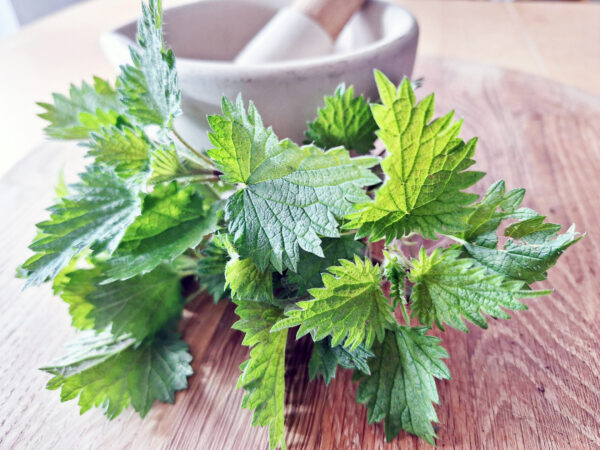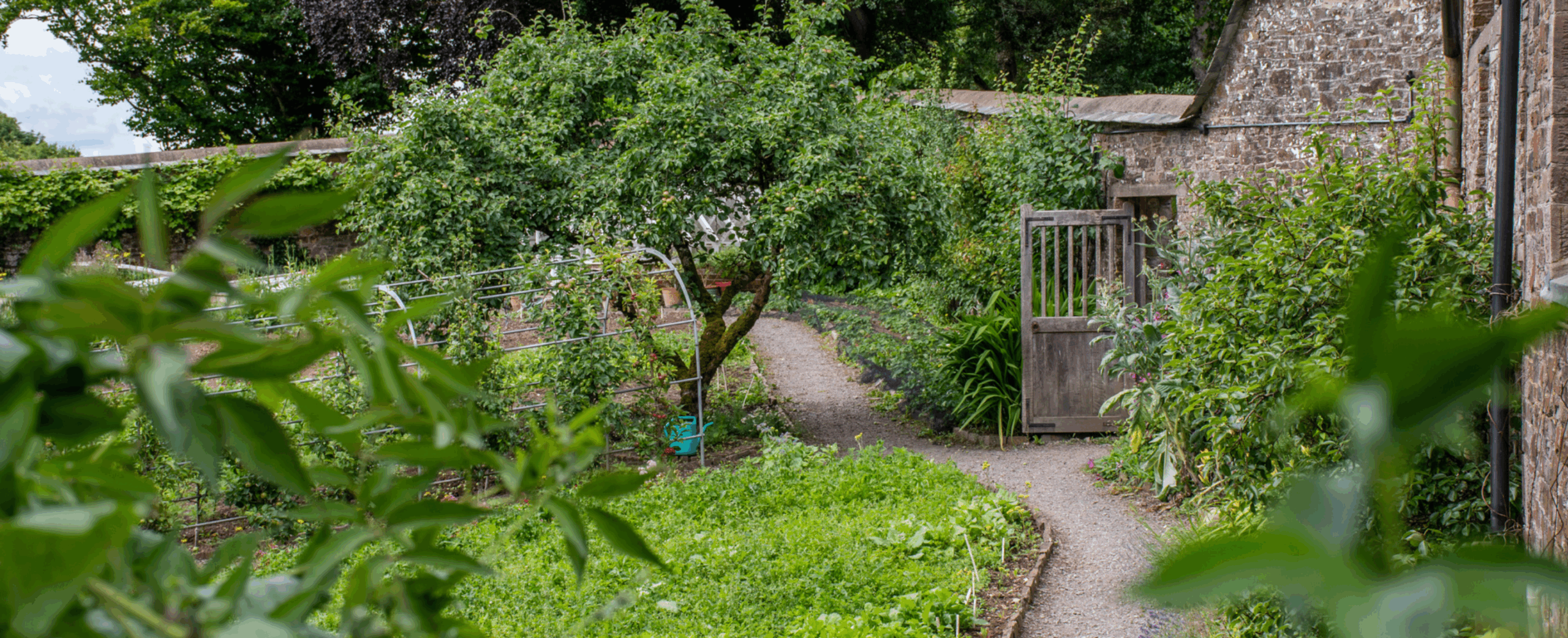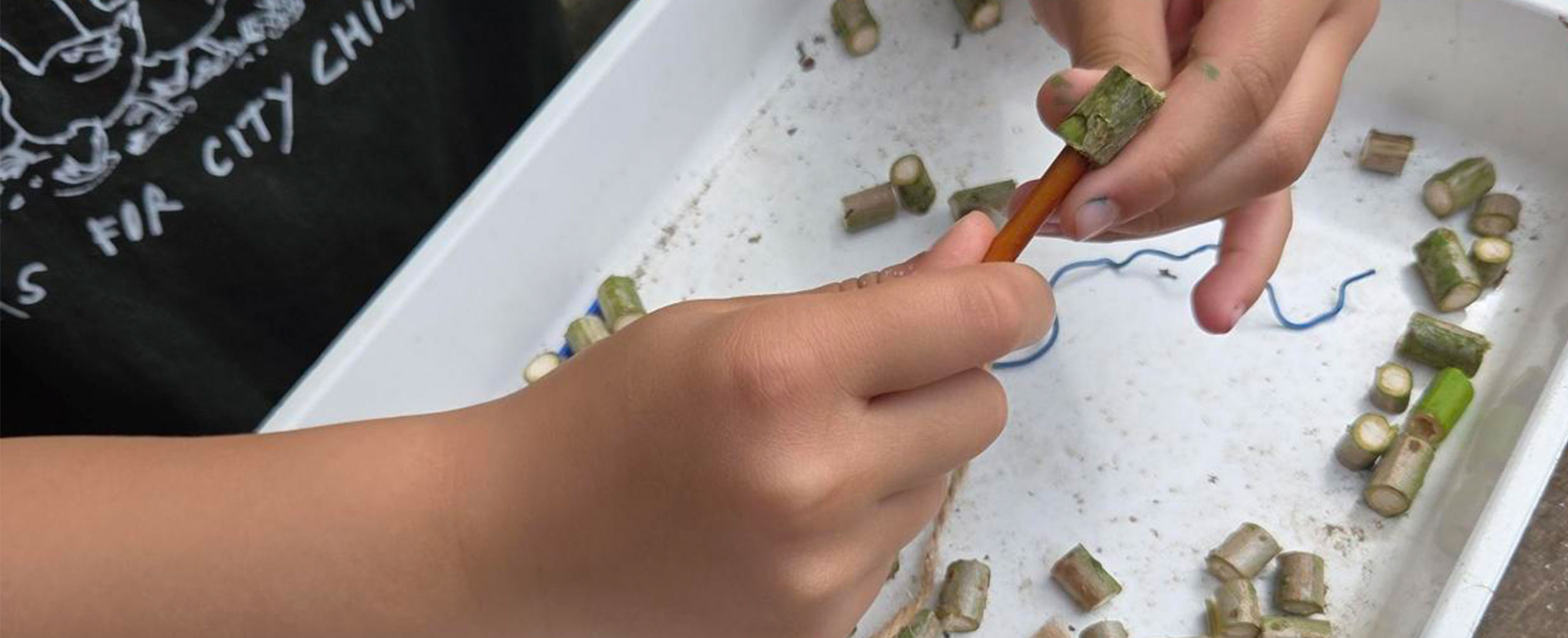Nettles are abundant in verges and hedgerows in springtime and are great for beginner foragers as they are easy to identify. Although often remembered for childhood stings, they can actually be a tasty, nutritious and free addition to many dishes.
Safety first
Foraging nettles can be a rewarding experience, but it’s very important to do so safely.
The Wildlife Trust gives this advice on identifying nettles “To avoid the more painful way of identifying a stinging nettle, look for the hairs on its stem, its drooping, catkin flowers, and oval, toothed leaves.” Apps like Pl@ntNet can also help you.
It’s important to be 100% sure that you’ve properly identified any plant you are foraging for and avoid similar-looking plants that might not be safe to consume. If in any doubt, leave it out!
Always wear gloves when handling nettles because their leaves have tiny, stinging hairs that can cause irritation to the skin. Make sure you’re foraging in an area away from pollutants like roadsides or places that might have been treated with chemicals. You should also avoid picking and eating nettles when they are flowering.
Timing is everything
The best time to forage for nettles is in the spring when they are young and tender and before they start flowering. The younger leaves offer the most flavour and nutrition, while older leaves may be tough and have a stronger, less pleasant taste.
Forage considerately
Nettles are an important food source for wildlife. Always forage carefully, take no more than you need and never uproot or damage plants. The Woodland Trust has some helpful general guidance for foraging on their website.
Making the most of your foraging harvest.
Once you’ve harvested the nettles, there are several ways to use them. Nettles can be steamed or boiled to neutralize the stinging hairs, making them safe to eat. Similar in taste to spinach, they are excellent in soups and dishes like pesto or stir-fries. You can also dry the leaves and make nettle tea, which is known for its health benefits.
BBC Good Food has some great recipe ideas to help you make the most of your harvest.
If you do cook up a storm with your foraged nettles, why not post it on social media and tag us, we’d love to see what you get up to!
We feature in Twinkl’s KS2 Scavenger Hunt Riddles with Answers for International Picnic Day and beyond!





